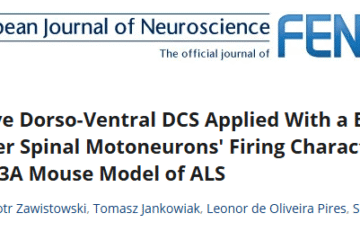The molecular subtype of breast cancer is one of the main markers that determines the aggressiveness of the tumor and the therapy to follow. Currently, this characterization is done in a very invasive and painful way through biopsies, a highly specialized, expensive process, prone to errors due to the heterogeneity of the tumour and which does not allow us to have information about the regions surrounding the tumour (and that very often are extremely important for its correct characterization). This study explores a new, non-invasive method that uses mammography images and advanced Artificial Intelligence techniques to obtaind the molecular information directly from the images. Using the OPTIMAM image database, 1397 images from 660 patients were considered and using a pre-trained deep learning model – ResNet-10 – the classification of tumors into five subtypes was tested: Luminal A, Luminal B1, Luminal B2, HER2 and Triple Negative. Different classification strategies were explored, including binary and multiclass classifications, with methods to deal with unbalanced classes through oversampling, undersampling and data augmentation. Overall, the study demonstrates the promising potential of these advanced Artificial Intelligence methods to predict breast cancer subtypes directly from mammography images, which could significantly reduce the need for biopsies and help in the development of personalized treatment plans.
Categories: News



0 Comments